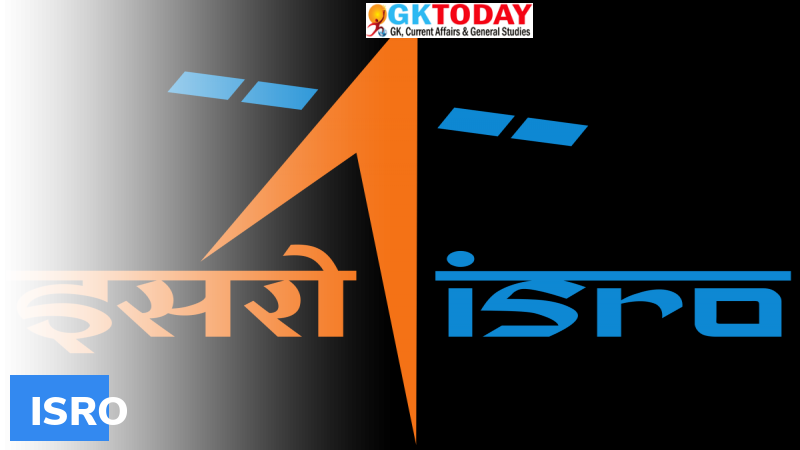ISRO Launches Nine Satellites Aboard PSLV-C54
The Indian Space Research Organisation (ISRO) has succeeded in placing nine satellites in multiple orbits using the Polar Satellite Launch Vehicle (PSLV-C54).
About the launch
Earth Observation Satellite (EOS-06) and 8 nanosatellites were launched during this mission. The nanosatellites are the Nano Satellite-2 for Bhutan (INS-2B), Anand, Astrocast (four satellites), and two Thybolt satellites.
What is Earth Observation Satellite-6 (EOS-6)?
- The Earth Observation Satellite-6 (EOS-6) is the third-generation Indian satellite of the Oceansat series launched for monitoring the oceans.
- It was developed by the ISRO in partnership with the Ministry of Earth Sciences and others.
- This mission is a follow-up to OceanSat-1 or IRS-P4 and OceanSat-2 that were launched in 1999 and 2009 respectively.
- It is the first in the series to host three ocean observing sensors – the Ocean Color Monitor (OCM-3), Sea Surface Temperature Monitor (SSTM), and Ku-Band scatterometer (SCAT-3).
- Its purpose is to observe ocean color data, sea surface temperature and wind vector data that are used for oceanography, climatic and meteorological applications.
- The OCM-3 is expected to improve the accuracy of the daily monitoring of phytoplankton, which will then assist in several activities like fishery resource management, ocean carbon uptake, harmful algal bloom alerts, and climate studies.
- The SSTM will provide the temperature of the ocean surface, an important parameter to provide forecasts focusing on fisheries aggregation, cyclone genesis and movement etc.
- SCAT-3 provides a highly accurate wind speed and direction at the ocean surface.
- ARGOS payload on this satellite was developed in partnership with France. It is used for energy-efficient communications, including marine robotic floats (agro floats), fish tags, drifters, and distress alert devices that are used for effectively conducting search and rescue missions.
What is INS-2B?
INS-2B is a collaborative mission between India and Bhutan. It has 2 payloads – the NanoMx (a multispectral optical imaging payload) and APRS-Digipeater. India provided capacity building assistance for the development of this mission. Bhutanese engineers were provided hand-on training at the UR Rao Satellite Centre, in Bengaluru to build and test satellites as well as process and analyse satellite data. This newly launched satellite will provide high-resolution images to Bhutan to help the country effectively manage its natural resources.
Month: Current Affairs – November, 2022
Category: Science & Technology Current Affairs


